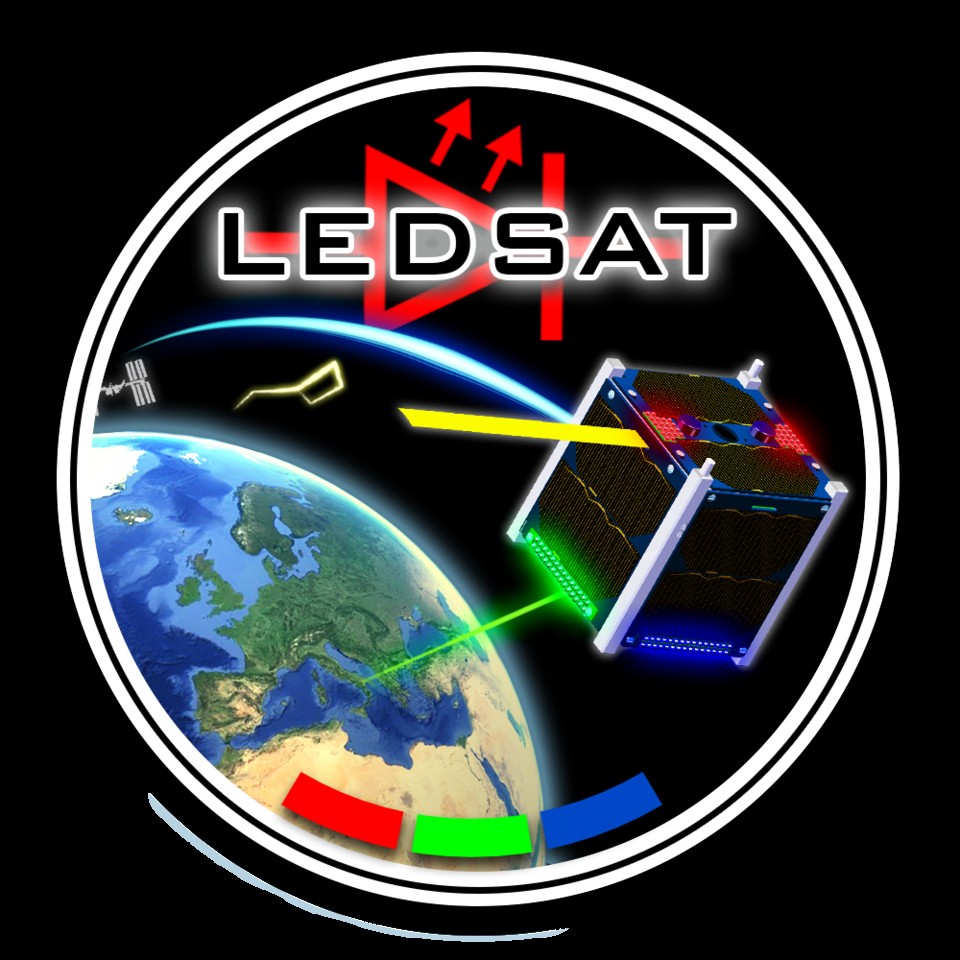Built on the Cubesat model, the Ledsat is barely bigger than a dictionary. As its name suggests, however, this satellite embeds LEDs to avoid collisions in orbit. If it will not be visible to the naked eye, it can be observed using telescopes from the ground.
The Ledsat is an innovation resulting from the collaboration between the students of the S5Lab of the University of Rome (Italy) and those of the Department of Astronomy of the University of Michigan ( United States). Presented in the journal Advances in Space Research to be published in December 2020, the Ledsat is a minisatellite based on the Cubesats . Remember that these are mainly used by universities wishing to develop educational programs. Obviously, the Ledsat minisatellite has a special feature:that of carrying LED lamps red, green and blue. In addition, its retroreflectors allow the satellite to be tracked from the ground using telescopes and observatories equipped with lasers.
The purpose of the mission is to assess the interest of these LEDs in the optical tracking of satellites throughout their life. This monitoring must also take place when the satellites are not illuminated by the sun and therefore almost invisible from our planet. Let us also mention the fact that the optical measurements will be used to calculate the altitude of the machine and to carry out checks on the usability of the information. In addition, this satellite will make it possible to test a communication system based on LEDs. The latter could, if successful, represent a backup alternative in the event of telemetry transmission failure.

The Ledsat is part of the Fly Your Satellite program! of the European Space Agency (ESA). Several teams of students will propose their project and the most interesting will be selected and will see the light of day. Nevertheless, the ESA has already chosen the Ledsat, which should be launched during 2021 . For the agency, this project partially addresses the issue of space collisions. As satellites multiply, the risks of collision and therefore of creation of space waste are increasingly important.
In 2018, ESA launched its project called Clean Space, an initiative exploring the possibilities of reducing the amount of this waste. The agency had at the time estimated at 29,000 the number of waste over 10 cm under surveillance. ESA's objectives are multiple:to build satellites that do not generate dangerous debris, to remove debris from Earth's orbit and to find a recycling solution.